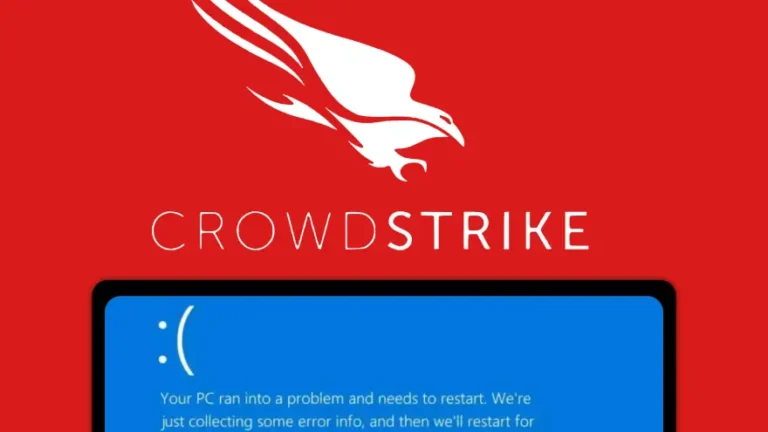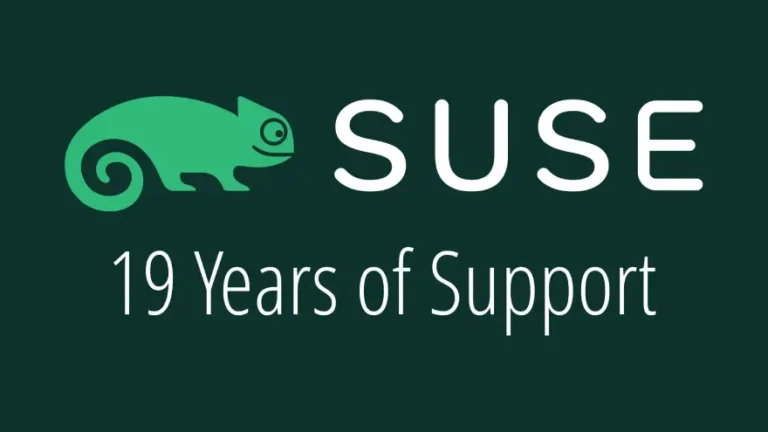CentOS has received more media attention in the past two days than I’ve seen for CentOS in the last four years that I’ve been involved in Linux. The sudden media blitz around a project is generally a great sign of something exciting on the horizon, however, in this case it’s based on a lot of end-user frustration and feelings of betrayal…PLUS some exciting things on the horizon. I know it’s weird…
In case you’re not familiar with CentOS the project describes itself like this:
“The CentOS Linux distribution is a stable, predictable, manageable and reproducible platform derived from the sources of Red Hat Enterprise Linux (RHEL)”
RHEL or Red Hat Enterprise Linux is an enterprise level OS complete with support, SLA’s, and licenses. While there are free version of RHEL they’re generally for limited use cases. So CentOS was the community version of RHEL that had all the same internals (for the most part) but, lacked the official support and was slightly behind RHEL for minor/major releases. Otherwise though, it was as close to a clone as you could comfortably get.
Now that we’ve caught everyone up…what’s the fuss with CentOS all about? Well, CentOS will no longer be the near identical twin of RHEL. It was announced that CentOS will now be converted to CentOS Stream and converted in purpose to being upstream from RHEL. This makes it more of a ‘rolling preview’ of what’s coming down the road in the next version of RHEL. The CentOS blog described it like this:
“The future of the CentOS Project is CentOS Stream, and over the next year we’ll be shifting focus from CentOS Linux, the rebuild of Red Hat Enterprise Linux (RHEL), to CentOS Stream, which tracks just ahead of a current RHEL release.”
CentOS Stream seems like a great project positioning itself as a midstream between Fedora Linux (best distro of 2020?) and RHEL. So what’s all the fuss about?
There are several arguments against this change but the most notable of all is the fact that CentOS 8 will no longer be supported through 2029 as originally committed, rather, it will now only be supported until 2021. As a distro which has established it’s dominance through the stability and predictability of a ten year support cycle, this was not the kind of sudden move that leaves your end-users pleased. On the positive side though they will keep their commitment to supporting CentOS 7 through the RHEL 7 full lifecycle.
There are other concerns shared from the community as well but the end result is the same. The very foundation of a strong open source project relies on the trust between the community and the project leaders. Sudden and dramatic shifts based on the needs of the business can happen, but it should be done with transparency, discussion, and reasonable compromise. This did not seem to happen with this CentOS Stream announcement. I’ve heard but not been able to verify that despite CentOS being very popular (second most popular distro to run websites on), that the contributions and size of the team supporting CentOS is a major hurdle. So there could be very legitimate reasons for this shift but those reasons weren’t well communicated.
The good news is that this can all be fixed. CentOS and RHEL have the opportunity here to make this right and in doing so could gain back the trust they’ve partially lost in this sudden change of direction. Ultimately ‘if’ CentOS Stream is the future and a better solution, many of their customers will end up transitioning through 2029 to the superior product anyways. At the very least they could reach a compromise to support CentOS 8 past 2021.
Personally, I believe rolling distros are the future. Yes, a rolling or semi-rolling distro can be stable, predictable and current. With companies like Facebook and Intel who runs thousands of servers supporting CentOS Stream there is definitely an argument to be made for the success of this new model. CentOS Stream could just be the proof of concept we need, however, this could all be done with better communication, engagement, and transparency.
I’m excited for CentOS Stream and can’t wait to play with it on my own personal servers. My hope is that people will give CentOS Stream a chance despite this noise as there are many claims that it is a near drop in replacement (in most use cases) for CentOS. In addition, the compatibility with RHEL will still remain strong. Hopefully, when people give CentOS Stream a chance they will be able to see the vision and appreciate the direction CentOS is headed in.
If you want to convert from CentOS to CentOS Stream you can do so with four simple commands:
root@centos-linux# dnf install centos-release-stream
root@centos-linux# dnf swap centos-{linux,stream}-repos
root@centos-linux# dnf distro-sync
root@centos-stream# cat /etc/centos-release
CentOS Stream release 8
Want learn more about Ryan aka DasGeek check out Issue 19 of Linux++
You can read the full issue by going here.








No mention of the recently-announced community forks CloudLinux or Rocky?
I thought about mentioning it, however, it’s not something available right now. It’s just a launch page and an idea that is looking to gain supporters in the current state. Though if the project does indeed get to the point of launching a product I would love to cover it.
Join the discussion at forum.tuxdigital.com